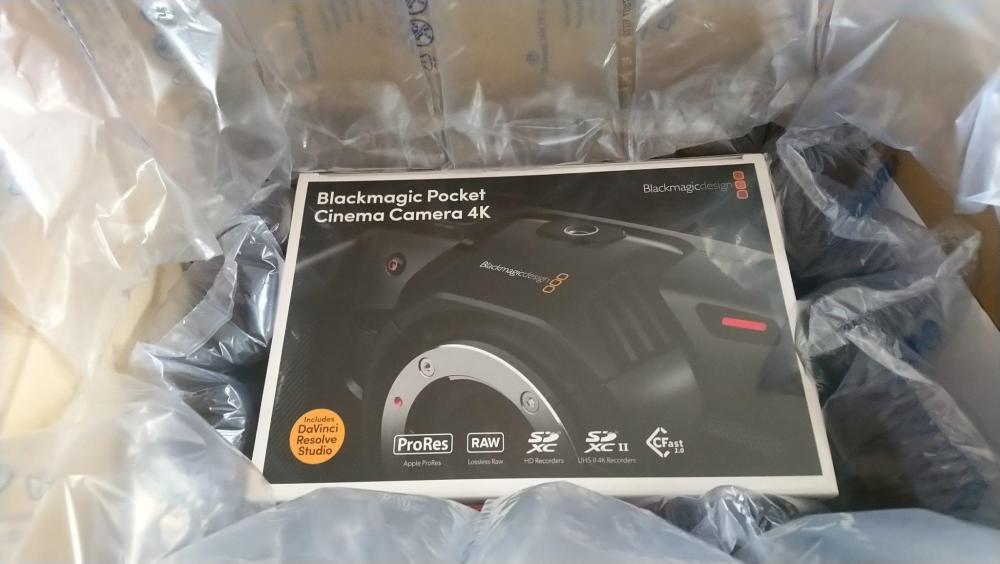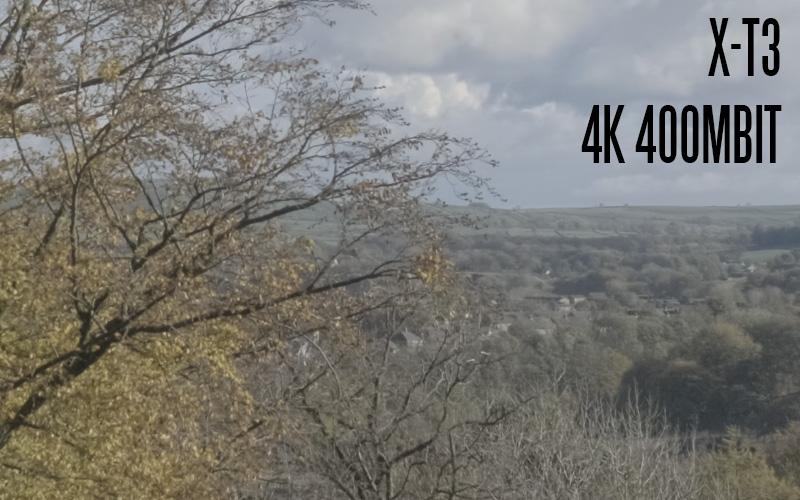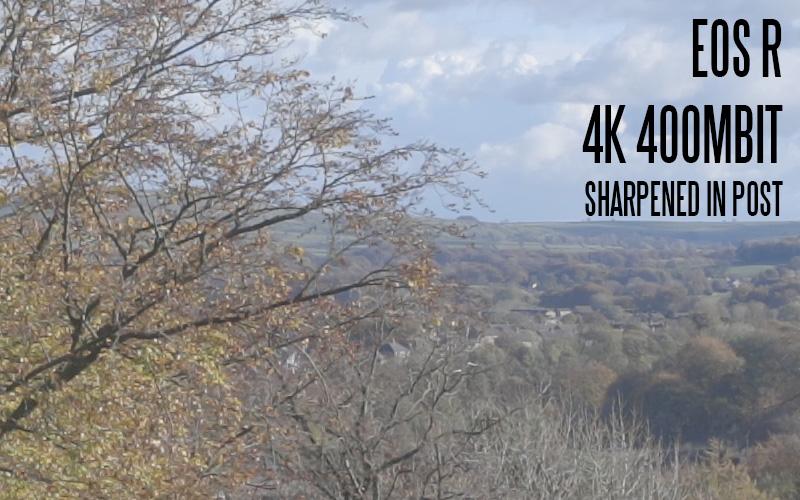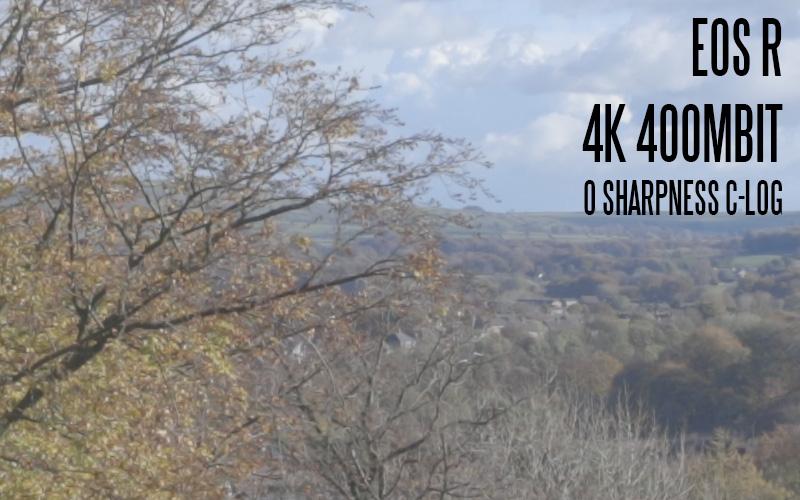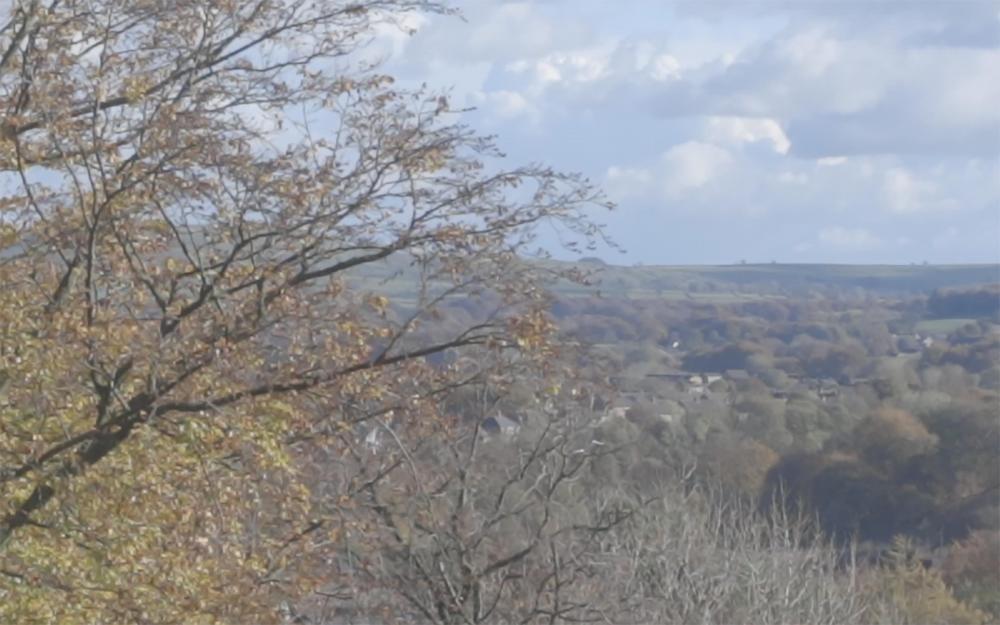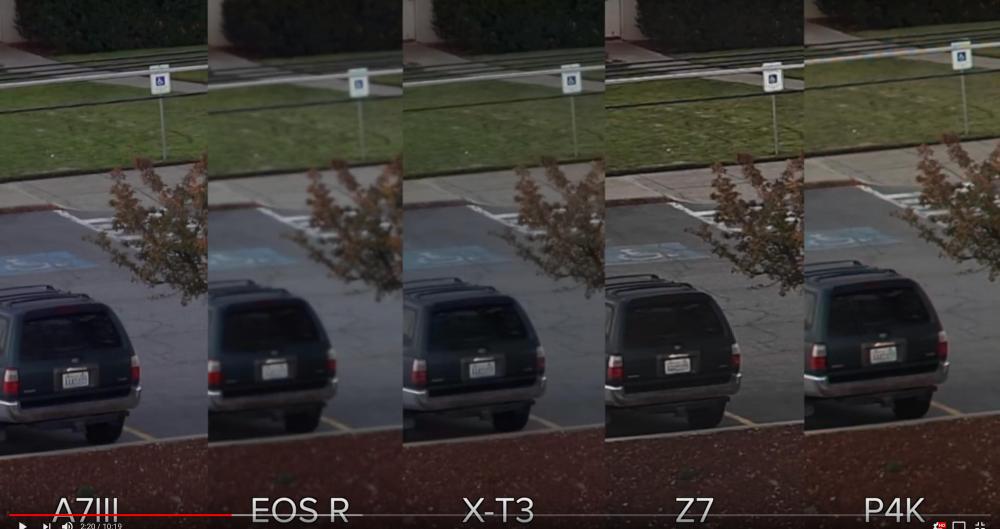-
Posts
15,506 -
Joined
-
Last visited
Content Type
Profiles
Forums
Articles
Everything posted by Andrew Reid
-
Bit worried about the screen really. As it's a touch screen, a loupe is going to disable a lot of the menus and controls. There is no d-pad or joystick. Is it possible to navigate the menus without the touch screen? I've heard people describe the screen as "good"... For me a "good screen" is one you can actually see. If it goes invisible outdoors and you can't tilt it, it's not a good screen Blackmagic have the guts of a great cinema camera here - and the good workflow to go with it (Resolve). Why could they not have spent more than 5 minutes on the body design? Just basic common sense stuff... 1. With such a large body and high power requirements, why only have room for one battery? Why not have a vertical grip? With it being a Canon fit, I wonder if any of the Canon DSLR vertical battery grips fit? Why not use a 1D X size battery under the base? 2. Screen should have been articulated... surely 3. The hotshoe should have had contacts for a slot-in EVF - pretty sure Olympus has one they could have made it compatible with, powered by the cam. 4. Not talking about adding too much cost or complexity here, just the basics... Like if you have a battery door, make sure it stays shut properly?! 5. They are on their 4th generation of camera now... So no excuses for badly thought out half baked solutions 6. Do a $2500 version next. Use the classic slim Sony NEX 7 form factor - twin dials, corner EVF, tilting screen, slim body, IBIS, power efficient processor, XQD card slot, lighter, that would be a major winner.
-

X-T3 vs A7III vs EOS R vs Z7 vs Pocket 4K - Video Quality Compared!
Andrew Reid replied to Mako Sports's topic in Cameras
I don't give a flying fuck. -

EOS R does NOT lack sharpness in 4K - Here's proof
Andrew Reid replied to Andrew Reid's topic in Cameras
Agree with you but like I said in the first impressions, it is a jekyll and hyde camera. It is at once badly specced and in the very same instance, a superb image to look at. Go figure. -

EOS R does NOT lack sharpness in 4K - Here's proof
Andrew Reid replied to Andrew Reid's topic in Cameras
Exactly, a lot of people do. So why is the EOS R getting criticised for being soft? -

EOS R does NOT lack sharpness in 4K - Here's proof
Andrew Reid replied to Andrew Reid's topic in Cameras
I had sharpness down at -3 on the X-T3 just one notch above minimum (-4), to maintain some grain texture - and the contrast is as low as you can get in F-LOG... Still too much digital sharpness to the image. It is a bit like the GH5 where you cannot quite turn off the digital sharpening. -

EOS R does NOT lack sharpness in 4K - Here's proof
Andrew Reid replied to Andrew Reid's topic in Cameras
5D Mk IV is not an EOS R. The chart test is useful for telling us about absolute resolution. The real world is quite another matter. Watching a film should not be an eyesight test, it should be an emotional experience. If the higher resolving images with digital sharpened look have a fatiguing, distracting picture that looks too digital, would you rather have a softer 4K image or a harder, sharper one? I know what I'd take. The X-T3 will have a small advantage from oversampling the 6K sensor readout, and you can see it is the best ever tested on the DPReview chart (although they never updated the NX1 image with new firmware, which made a big difference). For filmmakers though it basically means - maybe it is too sharp, might need careful treatment in post. Yet all the pixel peepers are saying it's the best thing since sliced bread. -
Take a look at the shots above. Looks fine to me. And that is vs the most detailed 4K camera I own - the X-T3 with the 6K oversampling. Max Yuryev's test video In this thread there was some talk about Max's video. It has been basic knowledge for filmmakers since the 5D Mark III that you can apply different sharpness in-camera, but that it's always better to dial it down to zero in-camera with the option to sharpen in post. The natural look is at 0 but if you want more pop, you just drop the Unsharp Mask or Sharpen effect on in Premiere. Max shows the unsharpened camera file and claims it's a performance problem with the camera. Yet with the digital sharpness applied in post, you can see it matches the X-T3 for fine detail above. This is in 4K even when pixel peeped at 1:1. At normal viewing distances, you'll want to dial it back down to 0 for a more natural less digital look. No digital sharpening is a GOOD THING out of camera Canon is doing the right thing and they are getting blasted for it. That's the original file. Big difference. What I don't get about Max is surely he knew about this basic stuff even from the 5D Mark III sharpening in post days. At the same time other people are complaining that cameras like the GH5 are too sharp and you can't turn off the digital sharpening in-camera(!!!) and they all want to go off and shoot RAW on the Blackmagic Pocket Cinema Camera 4K to get a more natural image. I bet some of these same people are now complaining the EOS R is too soft!! Blow-ups on YouTube The biggest joke of all is the 400% digital zoom people use in YouTube to magnify the unsharpened detail, which together with YouTube's compression makes a complete mush. Even just the digital zoom itself results in mud. Here I did it with the unsharpened EOS R 1:1 crop. If this is how we are to judge the performance and image quality of 4K on YouTube it's seriously misleading. Click this to view at 400% and see how muddy it is (and that's a TIFF!!) - ************************************** Original TIFFs direct from Premiere (3840 x 2160) X-T3 with whatever sharpening in-camera it seems to be doing in F-LOG x-t3-sharpness.tif EOS R sharpened eos-r.tif EOS R unsharpened direct from camera (Canon LOG, zero sharpness) eos-r-unsharpened.tif
-

X-T3 vs A7III vs EOS R vs Z7 vs Pocket 4K - Video Quality Compared!
Andrew Reid replied to Mako Sports's topic in Cameras
Default sharpness varies a lot between cameras. Even minimum sharpening level does. Maybe set them all at minimum then level them out in post with unsharp mask or even small blur for the horrible oversharpened ones. EOS R is not line skipping. It’s 1:1 -
Check out the lightbulb area in the +2ev shots as well. Also the synth control panel in the middle of the frame. The A7 III (S-LOG 2) has more dynamic range in that area of the image than the Z7 Flat profile does, so the shadows are not the whole story. I will try a few more external recordings tomorrow, +2ev as well.
-

BOKEH GONE WILD! Adventures with the donut lens - Xenon 17mm F0.95
Andrew Reid replied to Andrew Reid's topic in Cameras
200 euros. DMCA that. -

X-T3 vs A7III vs EOS R vs Z7 vs Pocket 4K - Video Quality Compared!
Andrew Reid replied to Mako Sports's topic in Cameras
You got all that from Max's test - ONE SHOT!? Trust me the EOS R image is not lacking. Yeah the rolling shutter and crop are downsides. Almost deal-breakers for many. I suppose I will just have to show you. Will shoot some stuff and upload it as ProRes for people to play around with. -
Ah you found the Pink Floyd album Thanks, exactly the kind of grades I'd like to see from original file on Vimeo. Keep em coming! (Click video title to go and download it) I like the Kate Bush one! Z7 has best Kate Bush! That's the N-LOG or Flat shot? I think that one also brought the most out of the blacks too. Cooke lens clearly visible next to the Floyd LP.
-
You can learn more about ProRes from Apple's latest 2018 ProRes white paper https://www.apple.com/final-cut-pro/docs/Apple_ProRes_White_Paper.pdf ProRes is variable bit-rate (VBR) but target bitrates are: ProRes 422 HQ = 737 Mbit ALL-I in UHD 4K. Standard ProRes 422 is 492 Mbit ALL-I "As a variable bit rate (VBR) codec technology, ProRes uses fewer bits on simple frames that would not benefit from encoding at a higher data rate. All ProRes codecs are frame-independent (or “intra-frame”) codecs, meaning that each frame is encoded and decoded independently of any other frame. This technique provides the greatest editing performance and flexibility." I used ProRes 422 HQ in the test to record Nikon Z7 N-LOG 4K. I usually find ProRes 422 LT at 342 Mbit ALL-I saves space without any real noticeable loss in quality. If shooting in 1080p the bitrates are a lot lower (220Mbit for ProRes 422 HQ).
-

X-T3 vs A7III vs EOS R vs Z7 vs Pocket 4K - Video Quality Compared!
Andrew Reid replied to Mako Sports's topic in Cameras
I am sorry i did not mean to critique your brofriend The problem I have is that it's incomplete. There's no telling what sharpness was dialled into each picture profile. That makes a ton of difference. There's no telling what the hell he did to the zoomed shots. The EOS R just does not look like that at 100% crop. He's turned into absolute mush when you view this full screen (click it to enlarge)... What codec settings? He doesn't say. Was it IPB or ALL-I? What bit-rate? Did he shoot RAW or ProRes on the Pocket? Did he compare the sharpness in the LOG profiles as well? Nope. That's how most filmmakers will use these cameras... In LOG! (Or at least Flat on the Nikon) Nothing personal but I just didn't rate it. And on top of all that, it's just pixel peeping. Overall results and cinematic quality matter more than resolution. -

X-T3 vs A7III vs EOS R vs Z7 vs Pocket 4K - Video Quality Compared!
Andrew Reid replied to Mako Sports's topic in Cameras
Yeah of course it can be turned down far more, and in the Flat profile the micro contrast isn't as hard either. Max doesn't show that. For whatever reason. Speed of upload and all that. Yeah but beware the special sauce of that EOS R 4K.... It has... Something. I am not kidding. -

X-T3 vs A7III vs EOS R vs Z7 vs Pocket 4K - Video Quality Compared!
Andrew Reid replied to Mako Sports's topic in Cameras
Yeah but when you look at the so-called "super soft" EOS R 4K footage full screen in normal way it looks tac sharp. The last thing it looks is "super fuzzy". When you enlarge a 100% crop to 400% like Max, yes it looks fuzzy. I say... So fucking what? That is not how people watch your stuff!





